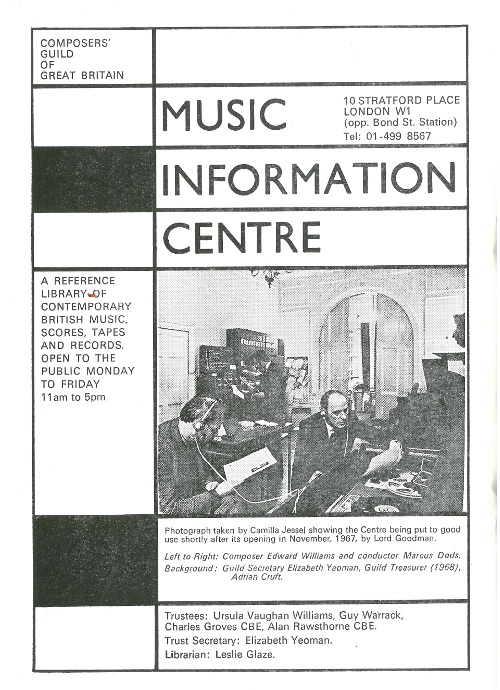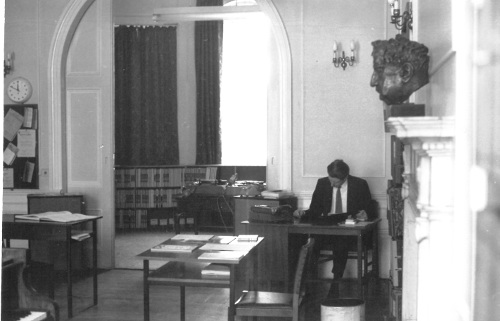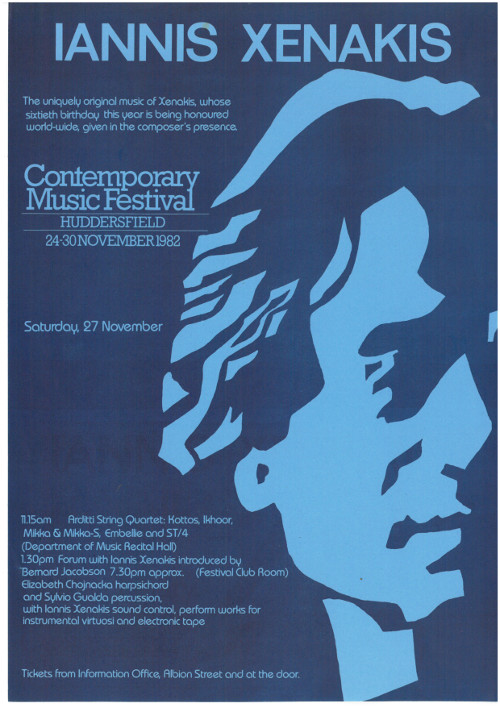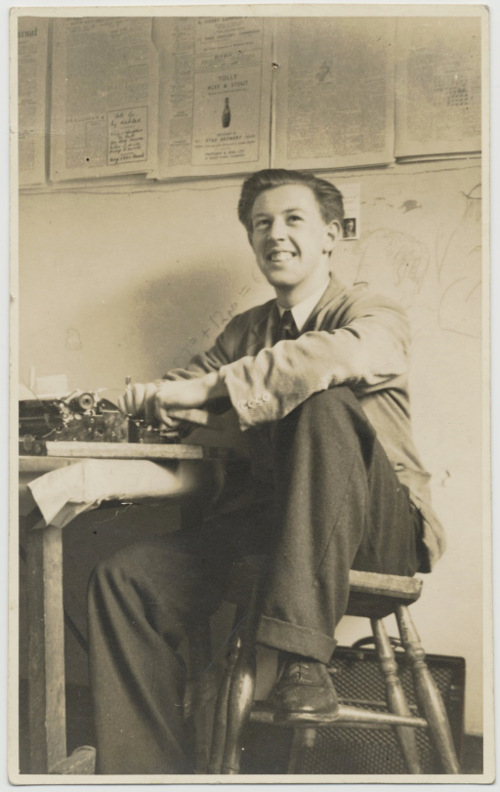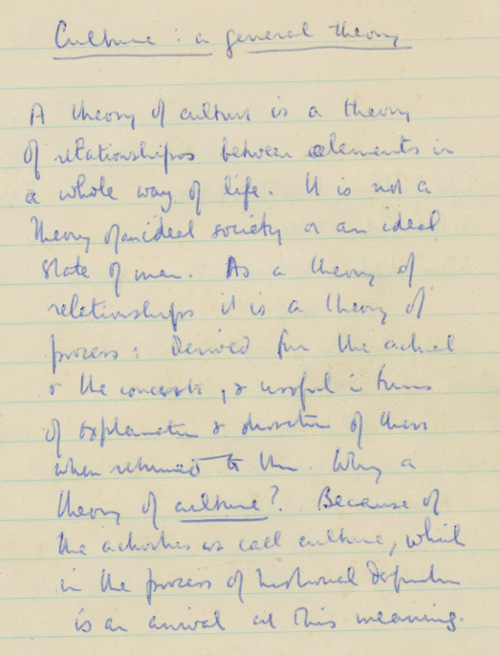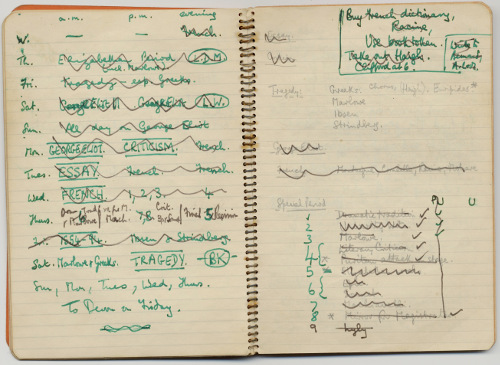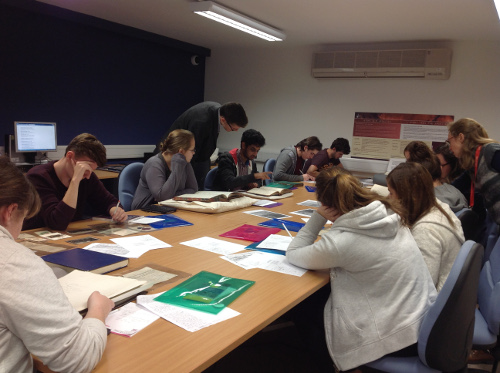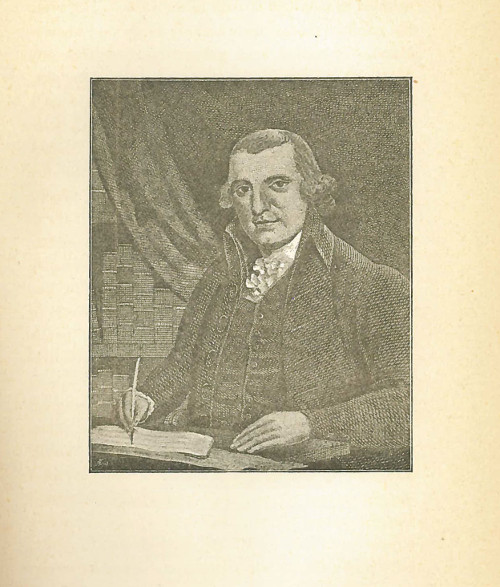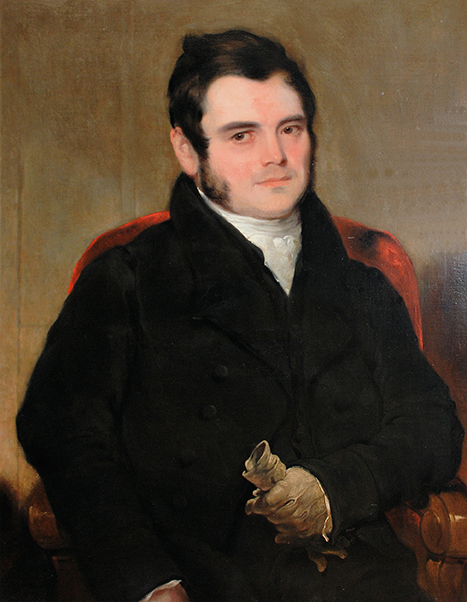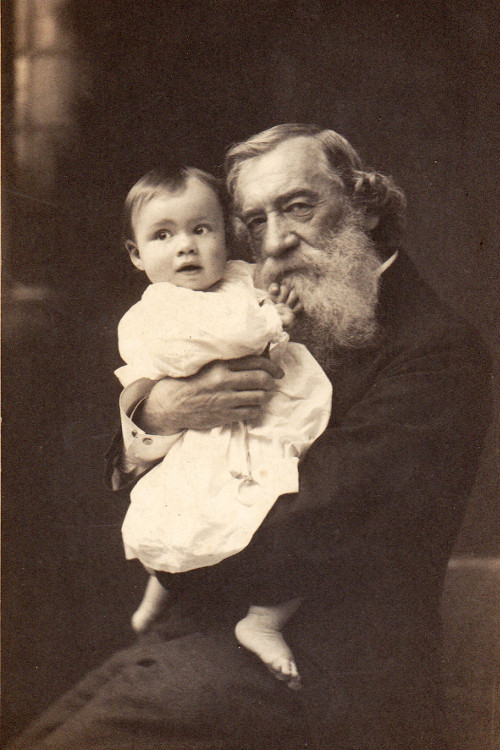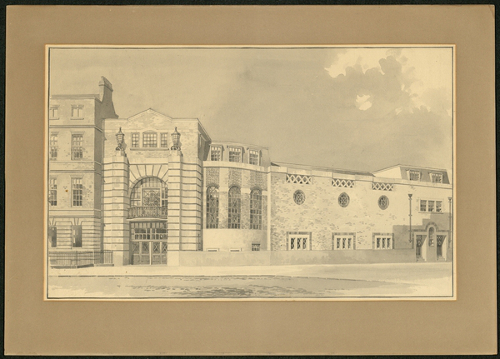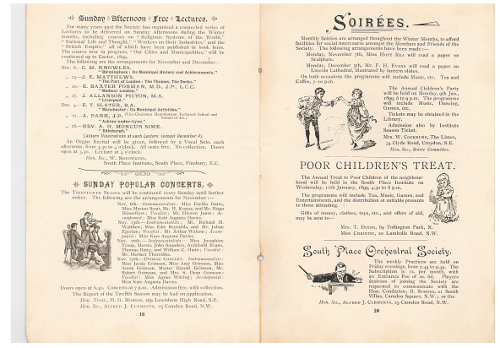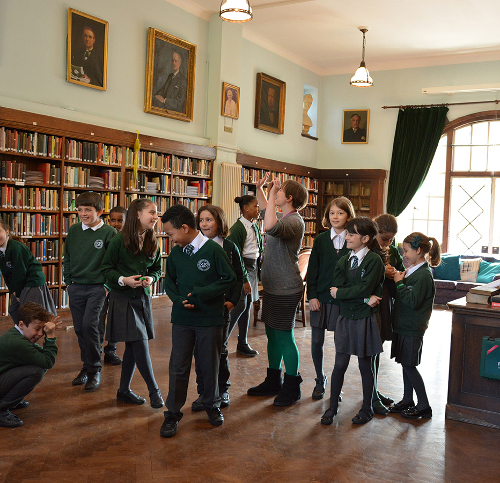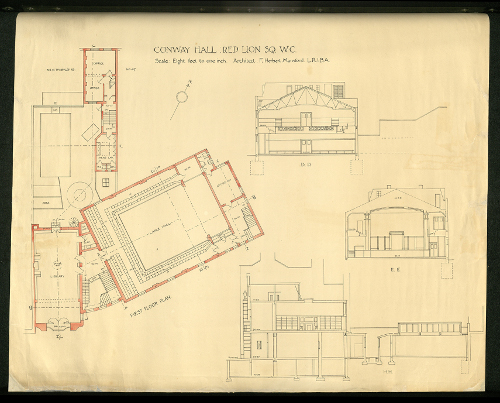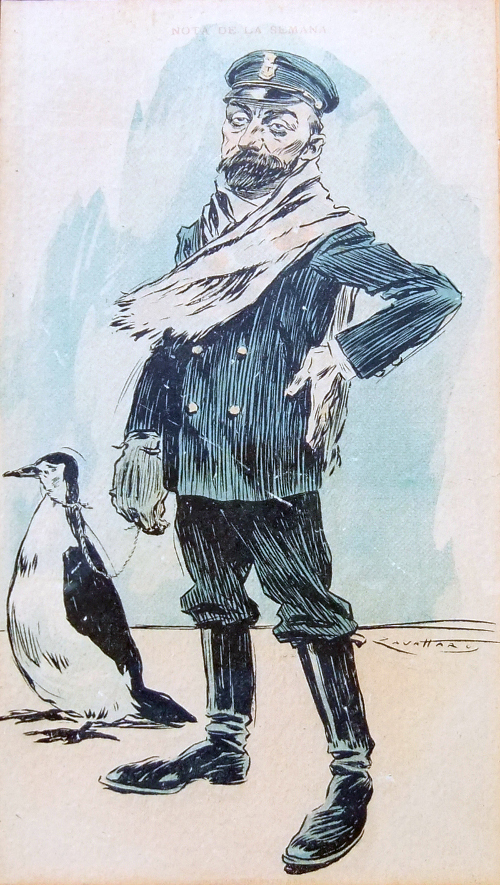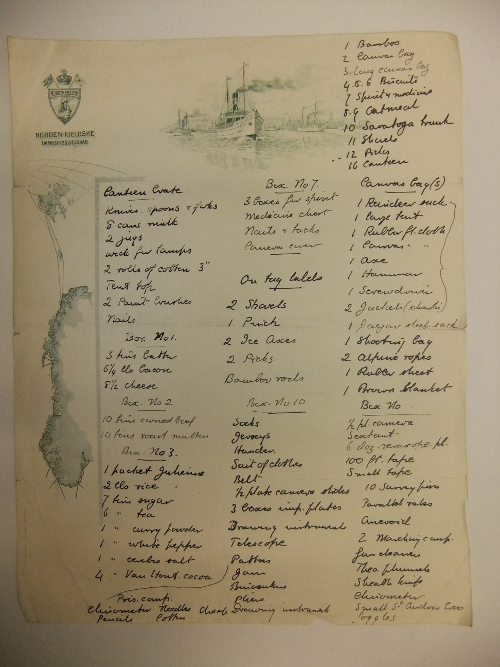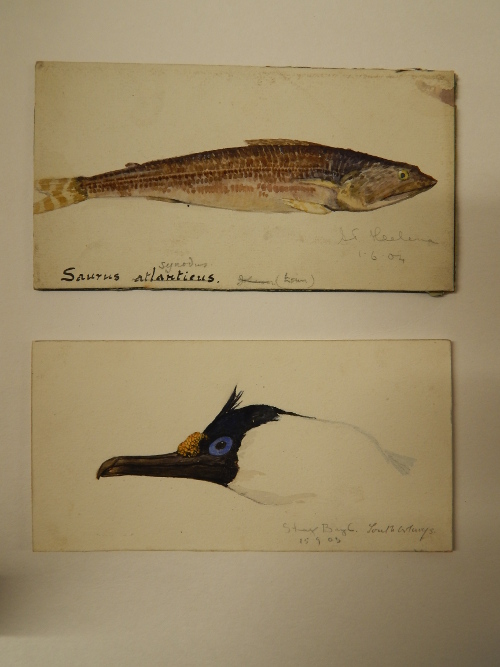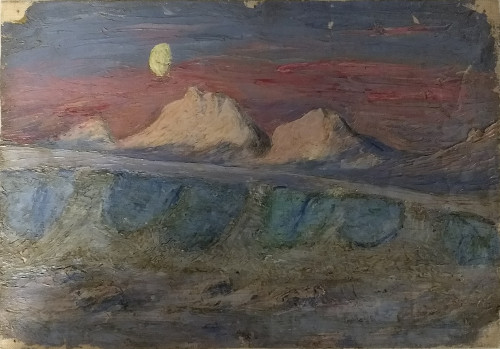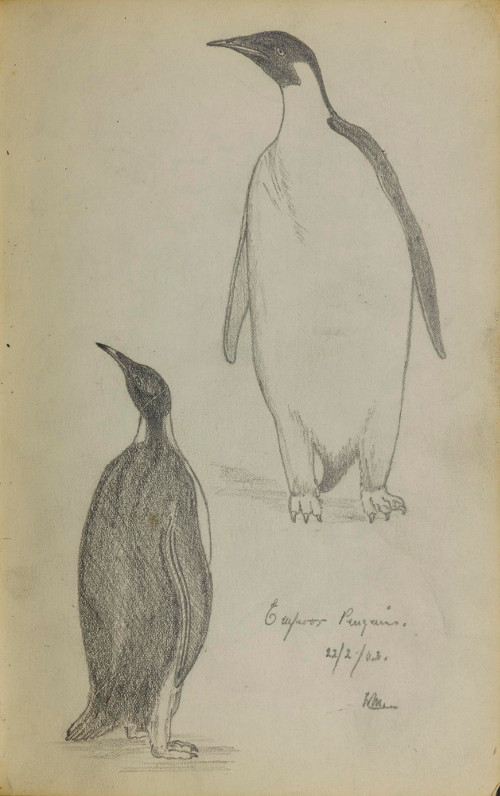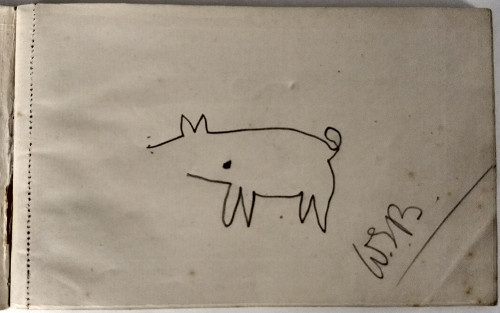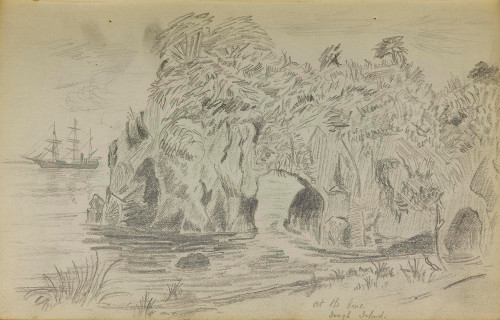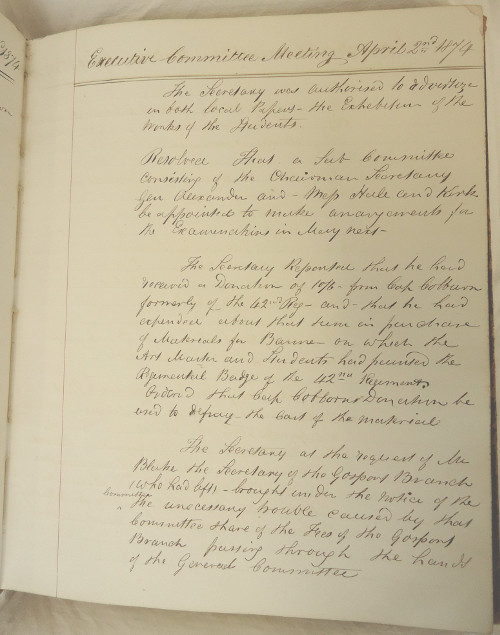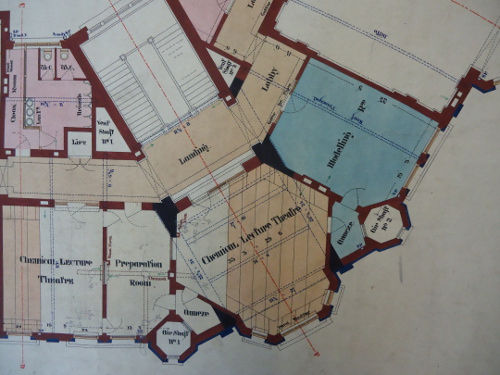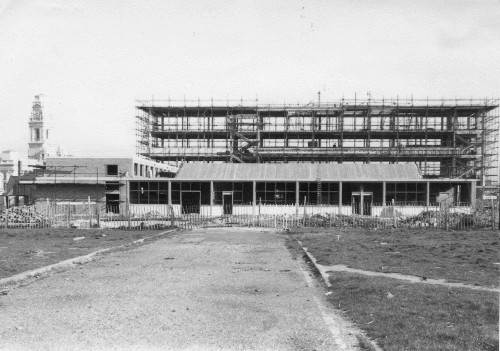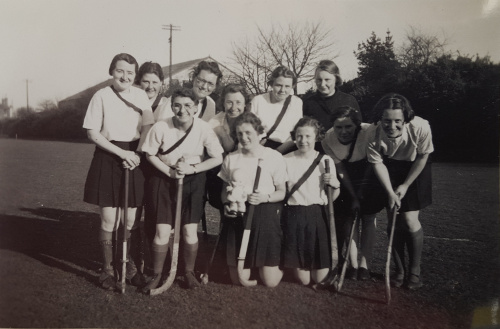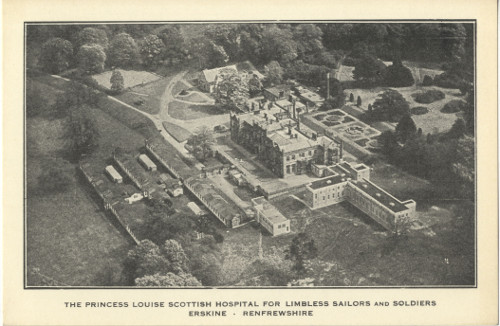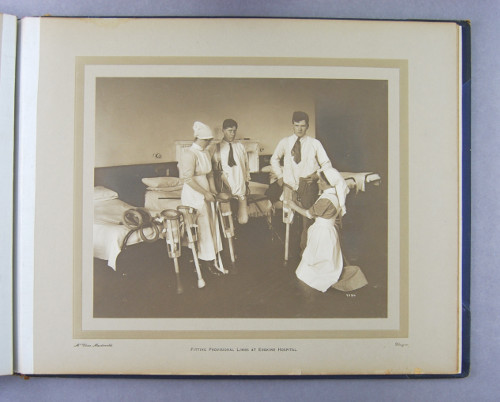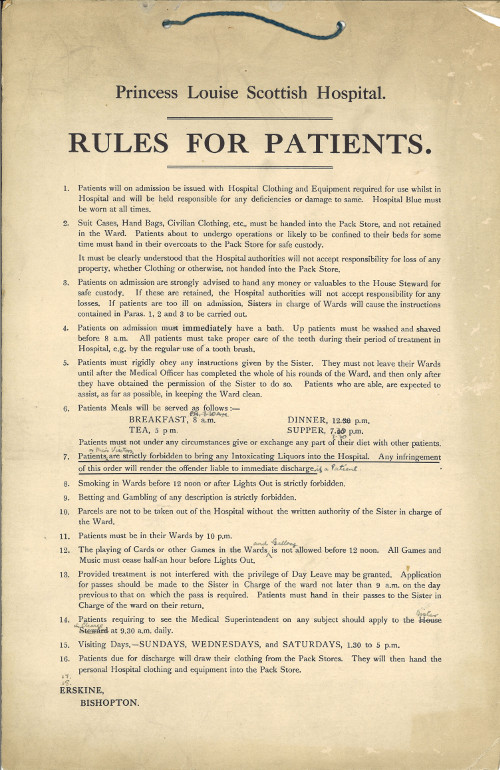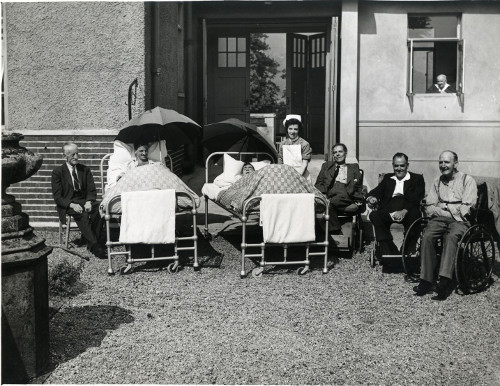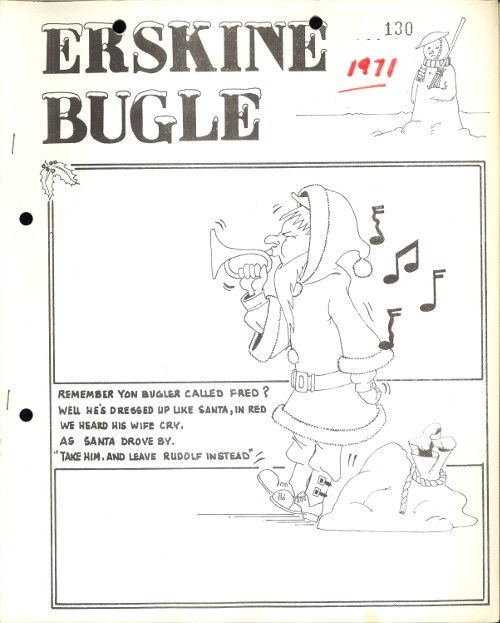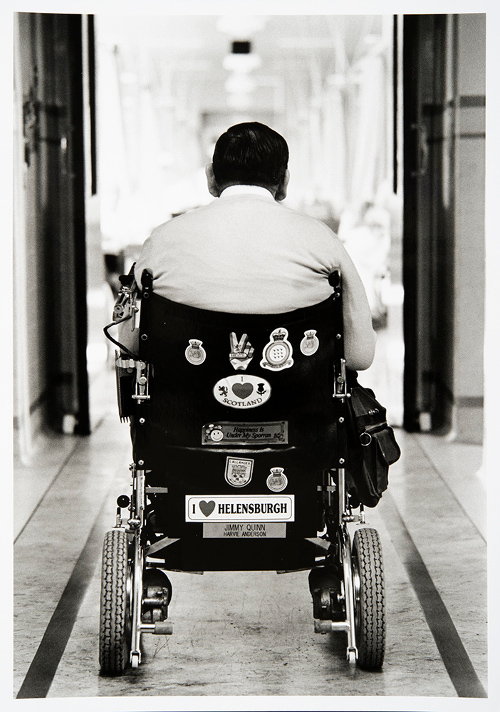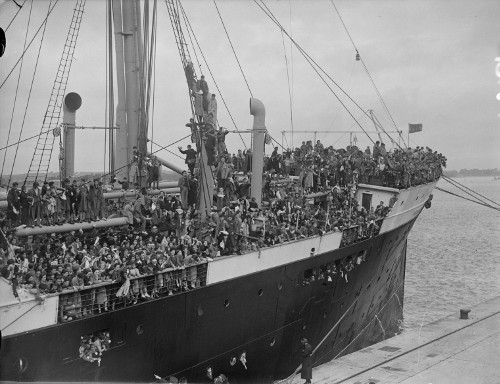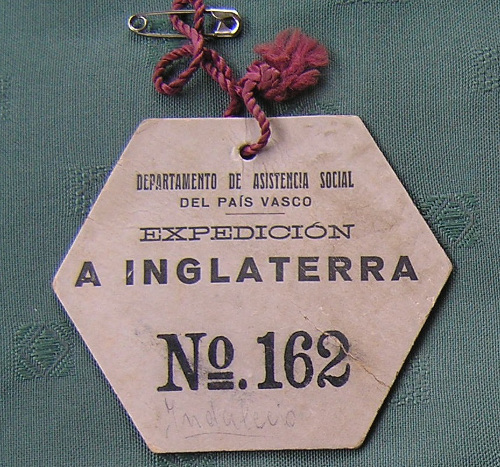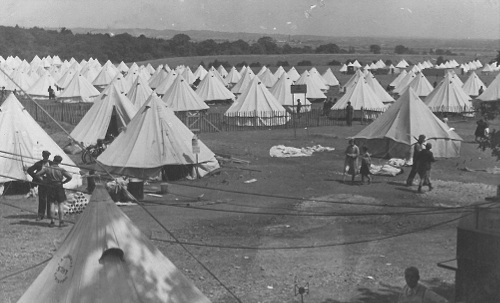Archives Hub feature for December 2017
As winter rolls in and Christmas looms around the corner, it’s fascinating to reflect on how nostalgia shapes this most memorable of seasons. When it comes to British festive traditions, one stands out more than most: pantomime.
Pantomime is a uniquely British institution – it’s always fun trying to explain it to international friends! Here at the University of Kent, we’re incredibly lucky to be celebrating the arrival of one of the largest collections of historic pantomime material in the UK: our David Drummond Pantomime Collection. We’re working in partnership with our local museum and art gallery, The Beaney House of Art and Knowledge, and one of the most famous producers of pantomime in Kent – The Marlowe Theatre. Between November 2017 and February 2018, all are welcome to come and view material from our newest collection in a very exciting exhibition called ‘Oh yes it is!’, a free display hosted at The Beaney art gallery in Canterbury city centre.
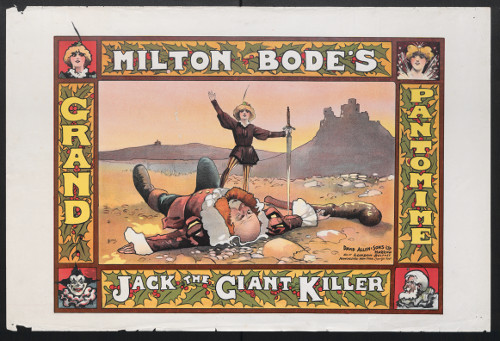
The David Drummond Pantomime Collection explores the development of pantomime from its 17th century origins in Italy, to its critical period of transformation and popularity in the Victorian era, to the celebrity-filled extravaganzas we know and love today. The collection itself is a goldmine of beautiful illustrations, rare playbills and posters promoting shows and wonderful ephemera including an entire box filled with pantomime badges. Whilst exploring the collection in preparation for The Beaney exhibition, SC&A staff were struck by just how many galleries we could fill just from one collection alone.
What’s equally fascinating to us here at Kent, however, is how well the David Drummond Pantomime Collection complements our existing theatre collections. Rather than spoiling our newest acquisition for you, we thought we’d take a look at how pantomime is explored through our extensive archives of Victorian and Edwardian theatre…
Melville Collection: Walter, Fred and the Lyceum theatre
The Melville collection is the archives of a dynasty of thespians: the Melville family. Spanning two centuries and several generations, there was barely an area of theatre that the Melvilles left untouched: they owned theatres (notably the Prince’s and the Lyceum – now known as the Shaftesbury – in London), wrote and produced plays and acted in productions.
Whilst Walter and Frederick Melville shared an intense sibling rivalry, they are well known for collaborating on moral melodramas about women, widely referred to as ‘the Bad Women plays’. However, they were equally well known in the early 20th century for their elaborate pantomimes they produced at the Lyceum theatre, which the brothers shared ownership of. Their pantomimes were long – with up to 19 scenes and 4 tableaux in a single performance, audiences certainly got their money’s worth!
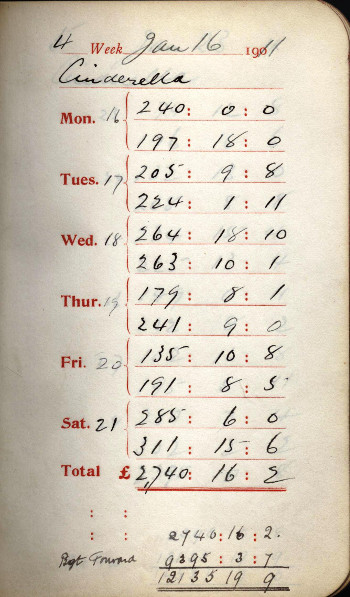
The takings books held in the Melville collection show how popular pantomime was, running throughout the Christmas season well into the following year. The exception to this was during the winter of 1916 – 1917, when the popular war drama ‘Seven Days’ Leave’ was such a hit with Lyceum audiences that the brothers skipped the pantomime for that year. The takings books show how much money was generated each week through performances, and the Melvilles certainly did well out of popular theatre – when Fred and Walter died in the early 1930s, they left a fortune of £519,000 – about £19 million in today’s terms.
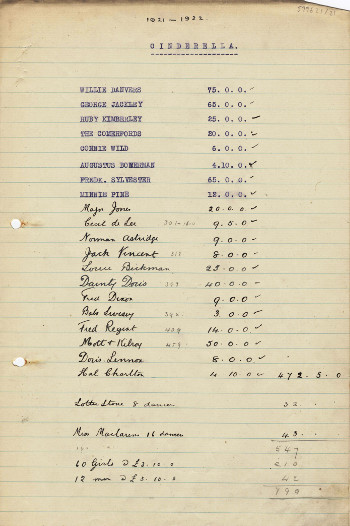
The other items in the Melville collection provide a unique insight into the theatrical profession: we hold cast lists and playscripts for pantomimes, many photographs of the theatres, the family and the actors, correspondence and promotional programmes.
Pettingell Collection: from Arthur to Frank via Drury Lane
Some of the scripts for the Melville pantomimes can be found in another collection we hold: the Pettingell collection of theatre playscripts. The playscripts in this collection, which total over 4400, show the extent and variation of theatre during the Victorian period. The Pettingell collection has two distinct owners: Frank Pettingell, the collection’s namesake, was an actor who performed in many plays and theatres during the mid-20th century. He acquired his collection of theatre scripts from the son of Arthur Williams, who was a popular comedian during the Victorian-Edwardian era.
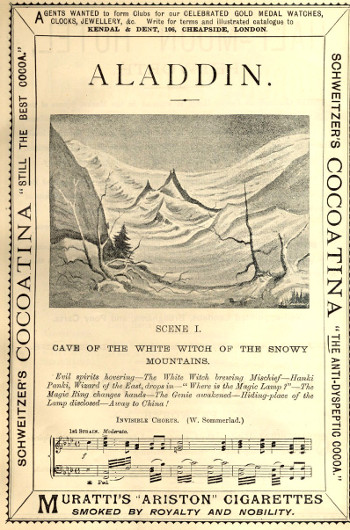
What makes the Pettingell collection unique is the annotations added into each text by Williams, who either saw, was involved in, or had heard about the plays. The majority of additions take the form of typescript cast lists, but there are also manuscript annotations to be found. Some plays are entirely written in manuscript, providing evidence of how texts were edited as they were rehearsed, and we also have ‘parts’ of plays too – copies given to actors for their individual role.
The Pettingell collection is fascinating because it provides a comprehensive snapshot of what types of theatre were popular with Victorian audiences beyond the Shakespearean type theatre we often think of. There are many versions of Dickens’ novels transformed into dramatic versions relatively quickly, showing how popular he was during the time. Plays by the melodrama writer Dion Boucicault (whose archives we also hold) are well represented – evidence of how audiences would flock to see spectacles on stage. In a time well before the moving picture, the power of the visual still held strong.
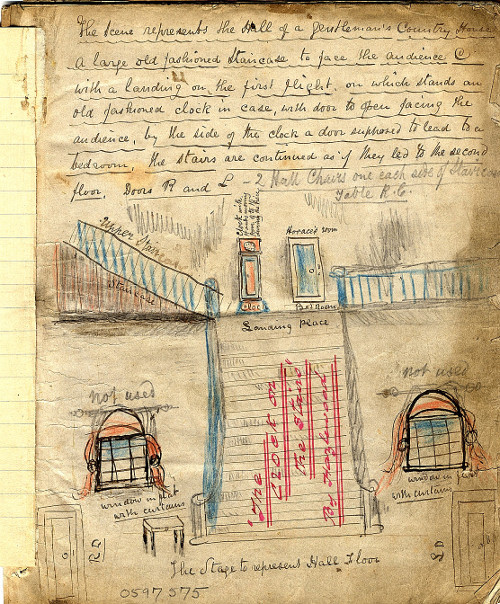
Of course, the Pettingell playscripts have an entire section of pantomimes; unlike the majority of plays in the archive, they are bound together to create multiple volumes of works. This decision alone shows how popular pantomime was for Victorians; no other genre of plays in Pettingell gets its own distinct category. The collection includes scripts of famous pantomimes written by E.L. Blanchard performed in London (notably at the Theatre Royal, Drury Lane). Our overview of pantomimes in the Pettingell collection demonstrates how popular some pantomime stories were during the late 19th century. Unsurprisingly, the well-performed titles are the same fairy tales we use in pantomime today: Aladdin, Dick Whittington, Sleeping Beauty, Jack and the Beanstalk and Robinson Crusoe.
Reading Rayner Collection: biography, memoir and theatre today
How do we account for the success of pantomime during the Victorian-Edwardian era? The answer may well be found in our extensive array of theatre books and programmes donated to us by Jack Reading and Colin Rayner. The collection primarily covers 20th century performances, but the origins of modern theatre are well accounted for, including biographies of actors and histories of theatres.
The Theatre Royal at Drury Lane is the subject of several publications as writers sought to explore the success of pantomime due to its 1880s-1890s manager, Augustus Harris. Harris exploited the Victorian love of spectacle by creating lavish processions on stage, employing several hundred people for any single show. The risk paid off, and most of Harris’ productions ran for over 100 performances each season.

The Reading-Rayner collection provides a different look at pantomime through secondary sources; it is interesting to note how pantomime is, once again, described separately from the rest of theatre history. It also offers us a look at the world through actors’ eyes as there are many memoirs from performers in the collection. Through Jack Reading’s extensive collection of theatre programmes, we can also chart what plays remained popular from Victorian times to the late-20th century.
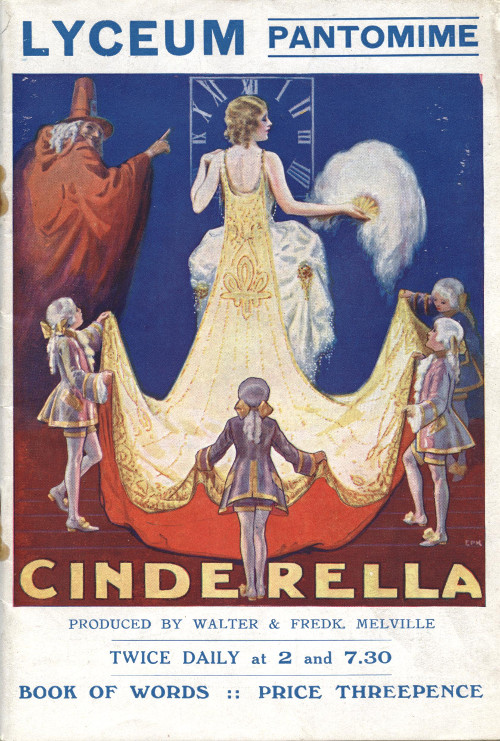
Pantomime as a tradition is certainly not (quite) as popular now as it was in the 1890s, but the University of Kent’s extensive collections evidence that shift. By exploring theatre through the eyes of the audience, the actors and the producers, archives can offer us a unique glimpse of the past that proves how much more there is to pantomime than dames, celebrities and songs. Not that we’d deny, of course, that that’s all part of the fun too – long may it continue!
Joanna Baines
Senior Library Assistant
Special Collections, Templeman Library
University of Kent
Explore on the Archives Hub:
Melville Theatre Collection, c.1800-1987
Victorian and Edwardian Playbills, c.1756-c.1950:
Dion Boucicault Collections, 1813-2002:
Browse on the Archives Hub:
All University of Kent Special Collections and Archives collections
More pantomime collections
More Hub features about Theatre archives
The Association of Performing Arts Collections
Variety and Music Hall, National Fairground Archive
Curtain up! The Theatre and Performance Collections at the V&A
All images copyright University of Kent Special Collections and Archives and reproduced with the kind permission of the copyright holders.

